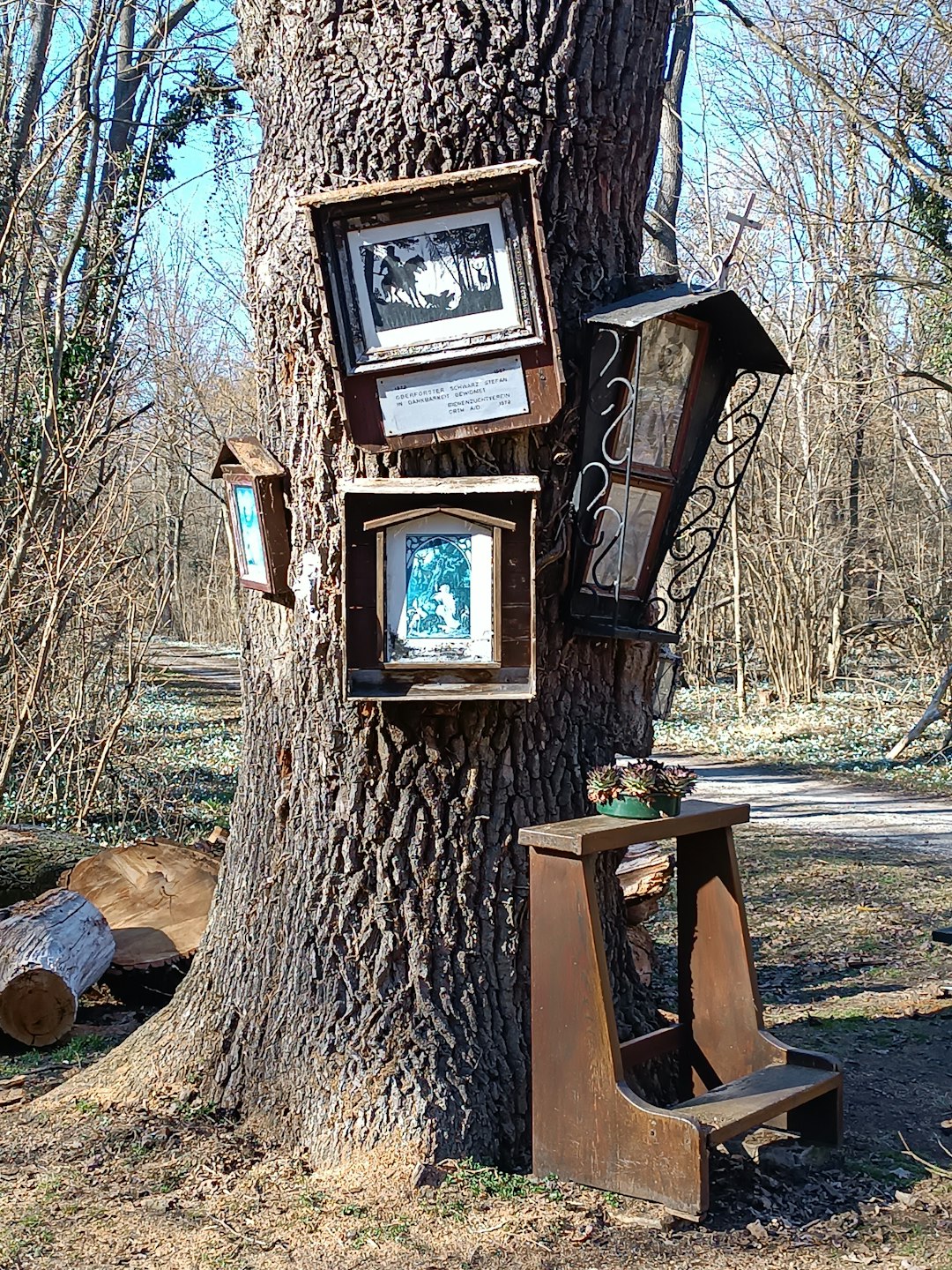Creating a compelling logo is one of the most vital steps in branding a bookstore or independent publishing house. A logo distills your identity into a single visual element, often becoming the first interaction that readers, book lovers, and clients have with your business. Whether you want something minimal, classic, or boldly modern, the right logo helps build trust and recognition among your audience.
TLDR (Too long, didn’t read)
If you’re designing a logo for a bookstore or independent publisher, the key is aligning your visuals with your brand’s mission and audience. This article suggests 12 creative and thoughtful logo concepts that range from traditional to experimental. Each idea aims to combine aesthetics with function, elevating visibility while communicating core values. Whether your focus is literature preservation, new voices, or niche genres, you’ll find inspiration here.
1. Open Book Silhouette
One of the most recognizable and adaptable symbols for bookstores and publishers is the open book. This design is simple but effective — a silhouette of an open book suggests reading, openness, and discovery. You can stylize this further by incorporating your initials into the page shapes or choosing a crisp modern typeface to complement the logo.
Why it works: It’s instantly recognizable across all cultures and links directly to books and learning.
2. Vintage Typewriter Ink Splash
For publishers or bookstores that specialize in classic literature or cater to literary scholars, a logo featuring a vintage typewriter key or ink splash can evoke a sense of timelessness. A muted color palette — black, sepia, or navy — works great here.
Best for: Literary publishers, rare book dealers, poetry-centric brands.
3. Modern Monogram
Many independent publishers benefit from sharp, stylized monograms. Using the initials of your company name and uniting them with clean lines and geometric forms makes a striking modern statement. Unlike full illustrations, monograms scale well for web, mobile, business cards, and spine prints.
Pro tip: Consider customizing an existing font to stand out rather than relying solely on typefaces.
4. Tower of Books
A vertical arrangement of books — resembling a tower or totem — creates a metaphor for accumulated knowledge, stability, and long-lasting values. Using varying book sizes in neutral tones with an accent color can give the logo both visual interest and narrative depth.
Appeals to: General-interest bookstores, educational publishers, and library-affiliated outlets.

5. Feather and Page
This concept blends the image of a quill or feather with a book page or scroll shape. It softly recalls the origins of writing and publishing while retaining elegance. This style can be drawn in line-art or filled blocks, depending on your branding strategy.
Ideal for: Poetry presses, youth-oriented fiction, or books of cultural heritage.
6. Illuminated Alphabet
Drawing inspiration from Medieval illuminated manuscripts, this idea relies on one highly stylized letter — such as the first letter in your company name — rendered in rich colors and intricate detail. Though highly decorative, it positions your brand as artistic and steeped in literary tradition.
When to use: For boutique publishers or bookstores with a focus on illustrated or historical works.
7. Ink Bottle & Lightbulb Fusion
Combine an ink bottle with a glowing lightbulb inside to indicate the fusion of creativity and publishing. This symbolic logo works especially well for publishing startups or innovative bookshops catering to new ideas and indie authors.
Message conveyed: Enlightenment through expression and innovation.

8. Hidden Glyph in Pages
This design incorporates a hidden element — such as a symbol, letter, or image — within the contours of an open book’s pages. The subtlety gives an air of mystery and rewards thoughtful observers. A good choice for mystery genres or philosophical non-fiction.
Design insight: Negative space will be your best tool here; use it to integrate meaning elegantly.
9. Cat on a Bookshelf
Bookstores often serve as cozy, community-driven spaces. Adding a domestic and familiar element like a cat — often associated with libraries — brings warmth and charm. Illustrated or graphic, this logo can become iconic in a neighborhood setting.
Best for: Independent community bookstores, especially those that host events and readings.
10. Minimal Hourglass Book
Use the shape of an hourglass, stylized to resemble a closed or stacked book. This brings forward the concept of time as a vessel for reading, learning, and storytelling. It’s an abstract take that serves both artistic and symbolic ends.
Why it’s powerful: Ties into legacy, fleeting moments, and the need to preserve narratives for the future.
11. Tree with Reading Roots
A tree whose branches are books and roots form lines of text or writing implements can depict a holistic connection to literature. The tree imbues symbolism of growth, life, and literary depth. Rendered in earth tones or hand-drawing styles, this can resonate deeply.
Symbolism: Storytelling, education, and the nurturing of knowledge.

12. Constellation of Stories
This idea imagines a cluster of stars or connecting dots forming book shapes or narrative arcs. It affirms the mystical, far-reaching impact of a good story. It’s especially useful for science fiction publishers, fantasy authors, or imaginative children’s stories.
For whom: Genres and publishers that focus on visionary, speculative, or imaginative storytelling.
Tips for Execution
- Start in black and white. A great logo works even without color — establish form first.
- Think scalability. Your design needs to look clear whether it’s on a spine, business card, or billboard.
- Choose compatible typefaces. If you use typography, it should reflect your voice — serif for tradition, sans-serif for modernity.
- Test your audience. Share drafts with trusted clients or readers to get feedback on tone and personality.
Conclusion
Logo design for bookstores and independent publishers isn’t simply about creating a pretty symbol. It’s a strategic act of visual communication that speaks to your mission, service, and connection to readers. Whether you opt for a classic symbol like an open book or an imaginative concept like constellation-shaped stories, make sure your choice is aligned with what you represent.
In a growing industry of curated content and personalized storytelling, a memorable and intelligent logo is one of your best assets. Use these 12 ideas as a foundation — but don’t hesitate to iterate, collaborate with professional designers, or merge concepts to craft something truly your own.
